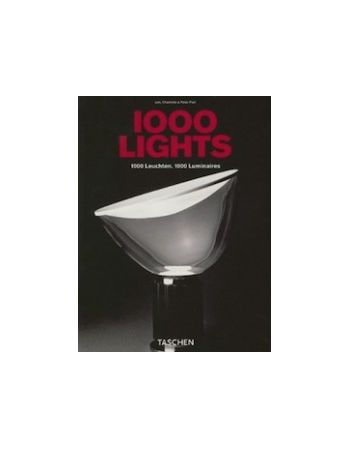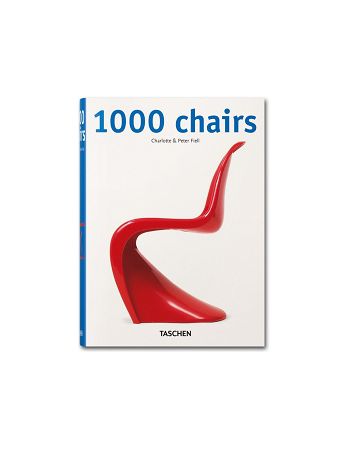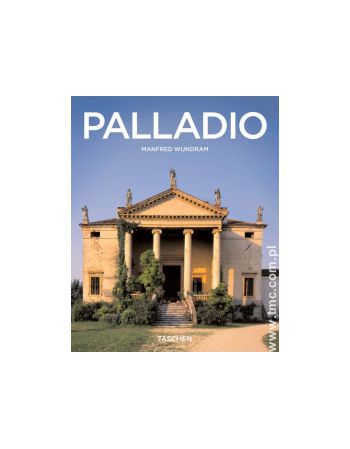1000 Lights
Dostępność: pozycja na zamówienie Kompendium 1000 najsłynniejszych lamp w historii designu. Jego autorzy, Charlotte i Peter Fiell, para brytyjskich historyków sztuki i znawców wzornictwa, podobnie jak w głośnym już swym opracowaniu „1000 krzeseł” („1000 Chairs”; wyd. Taschen) uszeregowali chronologicznie najgłośniejsze zabytki oświetlenia, począwszy od pierwszej w historii lampy – elektrycznej żarówki Edissona.



